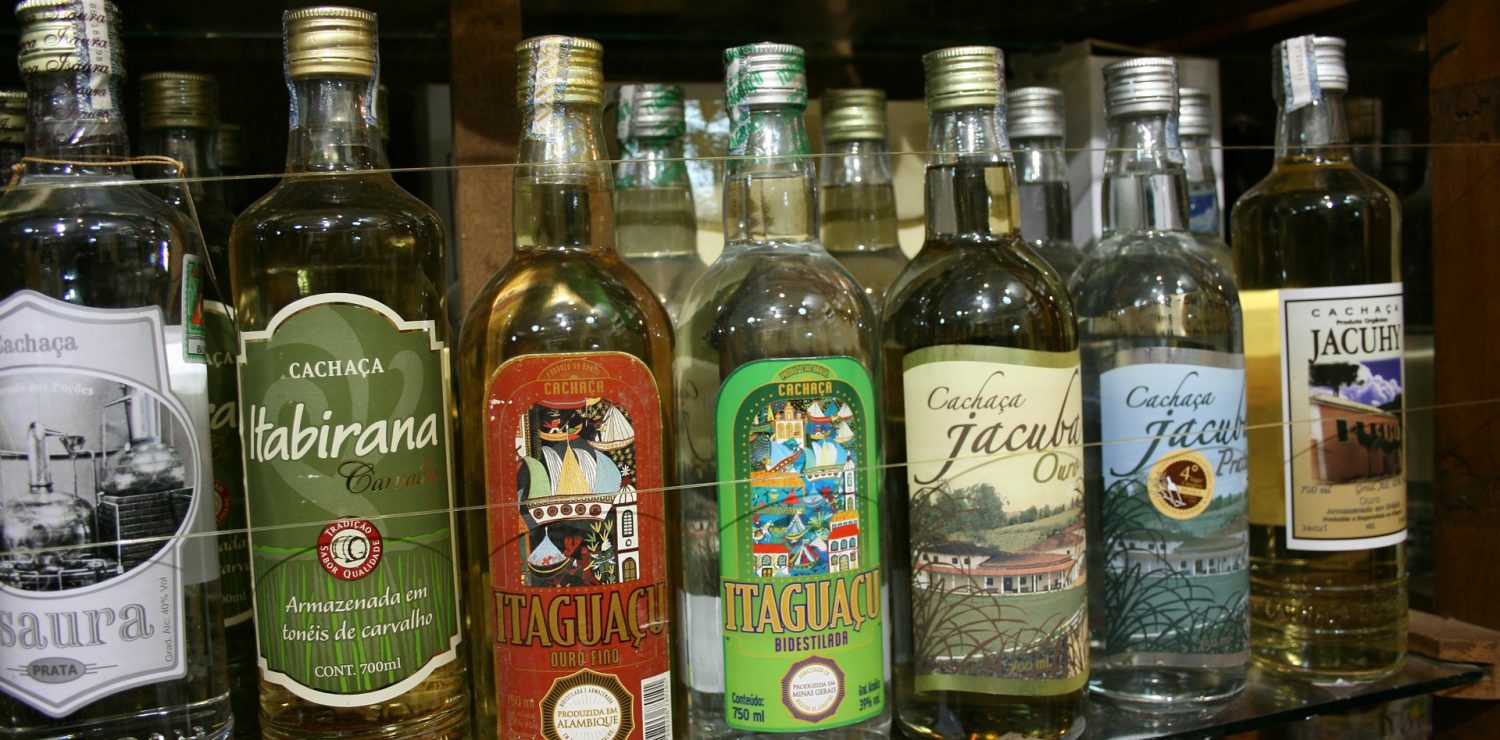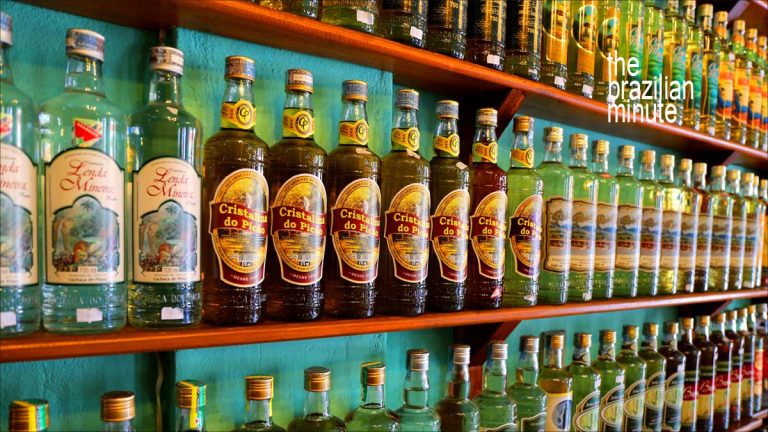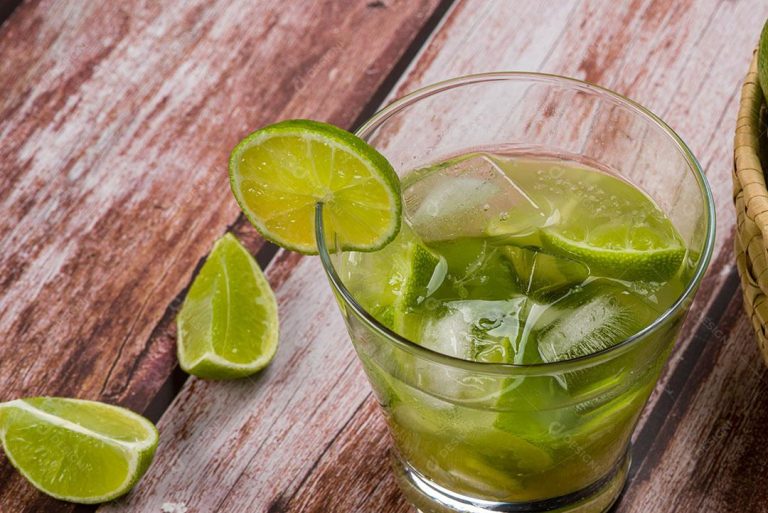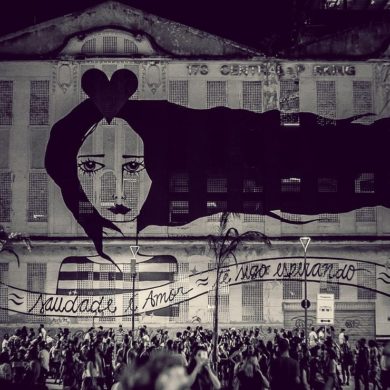Whether it is to get the party started or to digest a good meal, Eastern countries offer vodka, the Caribbean offers rum, and Hispanic countries offer aguardiente. Brazil, however, remains faithful to its famous cachaça. An alcoholic spirit made from fermented sugarcane juice, cachaça has transitioned from a drink once reserved for the lower classes to one that holds a respected place among other well-loved spirits.
Cachaça, an old cordial
Cachaça has changed places: she left the underside of the bar counters to sit on the shelf with pride” said famous Brazilian bartender Derivan de Souza of the astonishing rise of this Brazilian spirit which was long confined to the countryside and the slums of Brazilian megacities. It is certainly evident that cachaça has benefited from tourism and its use in various cocktails, including the most famous Brazilian cocktail : Caipirinha. Without this refreshing and popular Brazilian recipe, it would be safe to say that Cachaça would not have reached its current level of popularity!
According to historical records, the first cachaças were distilled by the Portuguese in the first half of the 16th century. We should rather say “fermented and distilled.” Freshly cut, the sugarcane is crushed with a press to extract the juice. This fermented juice produces a very sweet alcohol, about 5%, which, once distilled, gives a strong alcohol of the order of 55%, comparable to agricultural rum. It is this rum which, once brought back to 40% and bottled, becomes the cachaça that is now enjoyed by all parts of Brazilian society.
From glasses to tanks, Cachaça and its different uses
Originally produced in a very traditional way, cachaça became one of the engines of Brazil’s economic boom from the beginning of the 20th century. In ancient times, this alcohol was very affordable and was even used as a transaction currency to buy other products, including slaves. In the late 19th and early 20th centuries, Brazil sought to participate in the global economic boom. As a poor country devoid of heavy industry and the latest technology, it based its rise on its natural resources: wood, coffee, and sugarcane, of which it became one of the biggest exporters. The big landowners, or “fazendeiros,” made sugarcane their main source of income and began to produce cachaça industrially, mostly in the states of São Paulo and Minas Gerais, where the biggest producers remain. Incidentally, this new financial power enabled them to gain sway in politics and influence the leadership of the country as they pleased.
Despite its increased production, cachaça remained modest in terms of popularity—most wealthy Brazilians preferred to drink wine, even of mediocre quality. In the 1990s, pressed and distilled sugarcane was used for something other than filling small glasses at the end of meals: the ethanol from this plant was, for a short time, used to fuel cars. Inconclusive results, increased consumption, and access to oil fields, thanks to the famous state-owned company Petrobras, caused Brazil to gradually abandon the use of sugarcane for fuel, bringing it back to its original function: to warm the hearts and souls at parties or family meals.
With the help of Caipirinha
Until a few years ago, cachaça was considered “the alcohol of the poor”. Practical to preserve in the disadvantaged places where fridges were less common (rural areas or favelas), it was the only outlet for some people. The recent popularity of Caipirinha around the world has changed the game.
This cocktail was not invented recently; it is thought to date back to the early 19th century! At that time, slaves simply boiled the sugarcane juice and drank “garapa,” a drink reserved for parties and celebrations. Then came the idea of mixing the garapa with cachaça to acquire a certain intoxication and “meet the land of the dead.” This new mix was embellished with fruits or spices and called batida. One of these batidas, based on the addition of lime, became Caipirinha. This cocktail was imported to Europe in the 1920s, especially to Paris, where the writer Oswald de Andrade and his wife, painter Tarsila do Amaral, organized large receptions with feijoadas and Caipirinha. With the help of technology, refrigerators made their debut in Brazil, and soon, bars were able to serve ice-cold Caipirinhas, making them known and appreciated all over the world. Cachaça was saved.
The recognition of Cachaça
Apart from its major role in making caipirinha, cachaça continues to be drank pure. But, to use the words of Derivan de Souza, she is now out of the shadows to be reflected in the light of respectability. It has become a well-known alcohol thanks to the efforts of the producers who have become aware that they have in their hands a valuable little treasure.
The product has evolved considerably and has led to the creation of many brands, around 5000! The best cachaças are listed and classified, much like the wines in France, after blind tastings on the part of thousands of fans in Brazil. A final brings together the 50 most delicious, that tasters will rank in descending order.
One of the characteristics of cachaça is that it can be bottled immediately, but also aged in rare wood barrels: oak, balsamo, or the famous amburana (or umburana) which keeps its scent for a long time that it retransmits naturally to the cachaça that it holds. Matured in barrels, the best cachaças can reach high prices, at around 500 réais per bottle (about 120 euros)! The richness of the aromas has expanded over the years and, apart from being the main component of tasty cocktails, cachaça has gone from a formerly reserved alcohol to the world famous Brazilian spirit!
The Evolution of Cachaça’s Image
The transformation of cachaça’s image from a humble spirit to a renowned one is a testament to the changing dynamics within Brazilian society and the global beverage industry. Initially stigmatized as the drink of the lower classes, cachaça’s rise parallels the socio-economic changes in Brazil, reflecting a broader acceptance and appreciation of native products.
Cachaça in Contemporary Culture
Today, cachaça is celebrated in various cultural events and festivals across Brazil. It has become a symbol of Brazilian heritage and pride. The annual Cachaça Festival in Paraty, a historic town in Rio de Janeiro state, attracts thousands of visitors, showcasing the diversity and quality of cachaça produced by local distilleries. This event not only boosts local tourism but also reinforces the cultural significance of cachaça in Brazilian society.
Global Reach and Recognition
Internationally, cachaça is gaining recognition as a premium spirit. Efforts by Brazilian producers to export high-quality cachaça to markets in the United States, Europe, and Asia have been met with increasing success. The distinctive flavors and unique production methods of cachaça are being appreciated by a global audience, contributing to its growing popularity. Mixologists
around the world are experimenting with cachaça in various cocktails, further enhancing its reputation as a versatile and sophisticated spirit.
Challenges and Opportunities
Despite its success, the cachaça industry faces challenges. Maintaining consistent quality across a vast number of producers, combating counterfeit products, and navigating international trade regulations are ongoing issues. However, these challenges also present opportunities for innovation and improvement. Continued investment in quality control, branding, and marketing
can help Brazilian cachaça solidify its position in the global market. Cachaça, once a humble spirit, has risen to become a symbol of Brazilian culture and pride. Its journey from the sugarcane fields to international recognition reflects the resilience and creativity of Brazilian producers. As cachaça continues to gain popularity worldwide, it stands as a testament to the rich cultural heritage and dynamic spirit of Brazil. Whether enjoyed pure or as part of a refreshing Caipirinha, cachaça embodies the vibrant and diverse essence of Brazil, ready to be shared with the world.






